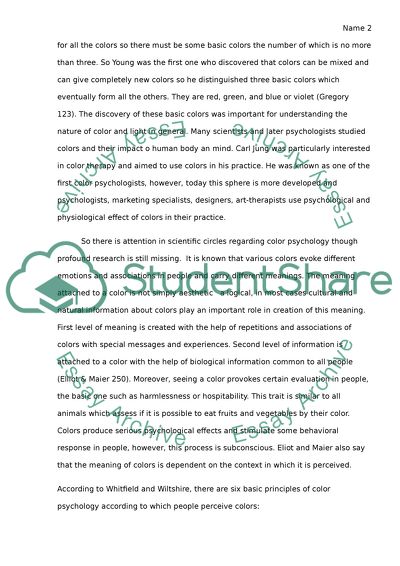Cite this document
(“The Brain, Psychology, Art & Behavior Research Paper”, n.d.)
The Brain, Psychology, Art & Behavior Research Paper. Retrieved from https://studentshare.org/psychology/1665951-the-brain-psychology-art-behavior
The Brain, Psychology, Art & Behavior Research Paper. Retrieved from https://studentshare.org/psychology/1665951-the-brain-psychology-art-behavior
(The Brain, Psychology, Art & Behavior Research Paper)
The Brain, Psychology, Art & Behavior Research Paper. https://studentshare.org/psychology/1665951-the-brain-psychology-art-behavior.
The Brain, Psychology, Art & Behavior Research Paper. https://studentshare.org/psychology/1665951-the-brain-psychology-art-behavior.
“The Brain, Psychology, Art & Behavior Research Paper”, n.d. https://studentshare.org/psychology/1665951-the-brain-psychology-art-behavior.


